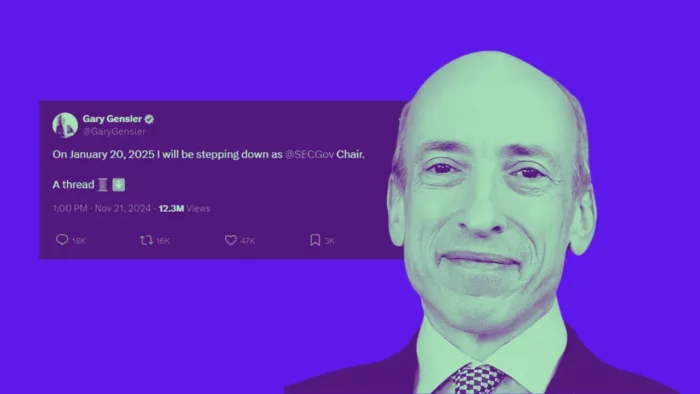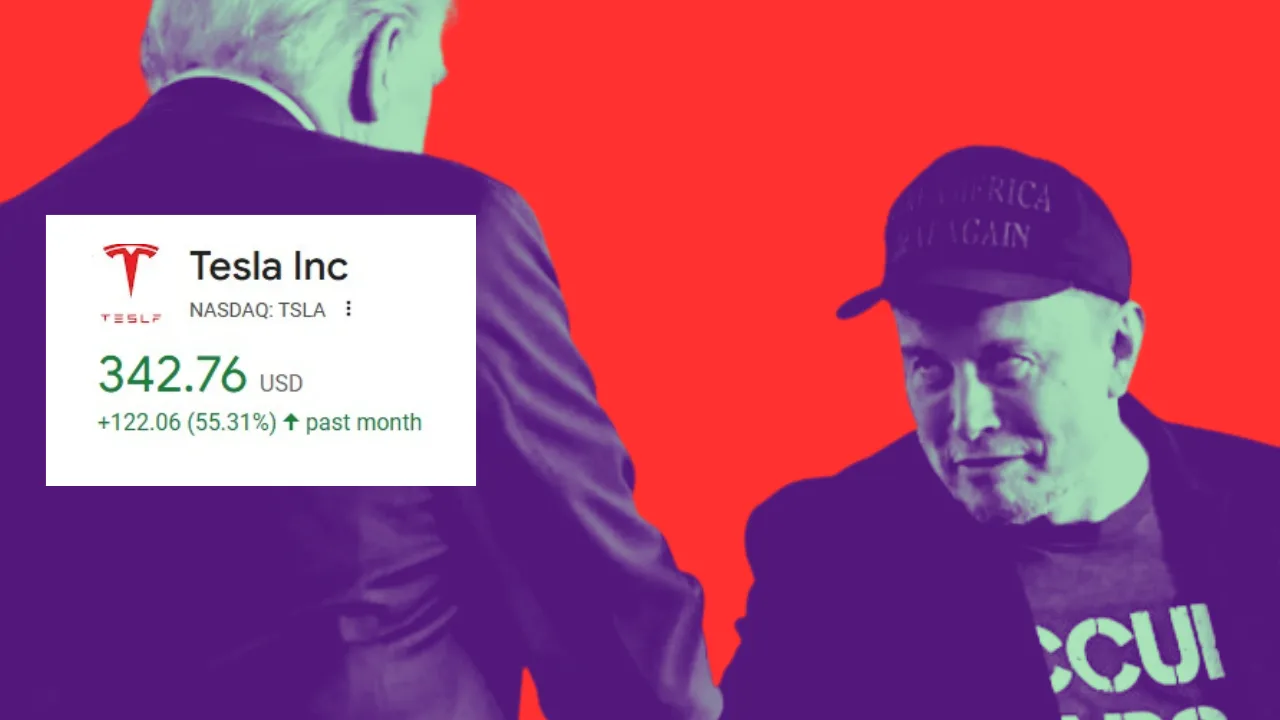Prior to federal action, a frenzied weekend resulted from numerous private equity and venture capital firms being exposed to the same counterparty risk.
Due to their unexpected exposure to the money machine of the computer industry, venture capital and private equity firms have had to come to terms with the collapse of Silicon Valley Bank.
More than just a bank, SVB positioned itself as a financial partner for IT visionaries, offering loans, currency management, and even personal mortgages. Although some people viewed its client service bundling strategies as aggressive, it was difficult to contest the outcomes, including the 44 percent of venture-backed technology and healthcare businesses that went public in the previous year and overall exponential growth during boom times.
By doing this, it increased counterparty risk significantly, creating a single point of failure that might endanger the vast financial ecosystem supporting America’s next big ideas.
Several portfolio companies of private equity firms like Vista Equity Partners, Insight Partners, and Thoma Bravo banked with SVB. It served as the go-to institution for entrepreneurs funded by the most well-known venture capital firms in the area, including Sequoia Capital and Andreessen Horowitz. It also helped Roku Inc. and other publicly traded businesses long after their initial public offerings.
Regulators are receiving a surprising wake-up call after mostly remaining silent while the shadow banking industry grew in size during the global financial crisis. Until 2021, private equity businesses employed more than 11.7 million Americans and invested more than $6 trillion in the US economy. Between 2007 and 2021, venture capital funding more than quadrupled to roughly $1 trillion, while the number of employees at VC-backed companies has increased by 960% since 1990, to 3.8 million.
Following days of frantic emergency preparation in the venture capital sector, US banking regulators unveiled a strategy on Sunday to safeguard depositors’ money in the event that SVB fails. The initiatives, which include a bank funding scheme implemented under the Fed’s emergency authority, were jointly announced by the Treasury Department, the Federal Reserve, and the Federal Deposit Insurance Corp.
The program allows banks to deposit their steeply depreciating Treasury securities at the Fed and receive their face value back as a one-year loan. SVB was doomed by significant unrealized losses on such securities, unstable deposits, and other factors.
US private equity and venture capital firms are currently exhaling a guarded sigh of relief, although there are still uncertainties around how SVB will ultimately be dissolved and what will happen to its UK subsidiary.





